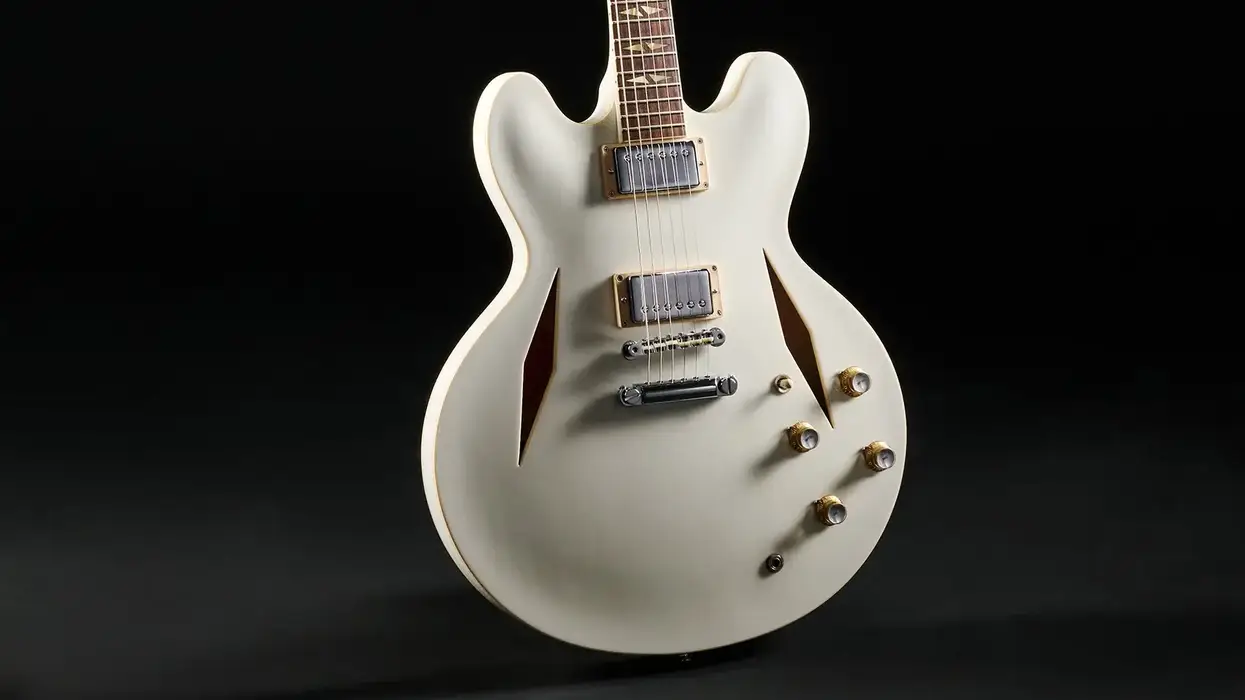https://www.premierguitar.com/Magazine/Issue/2012/Nov/TV_Jones_Spectra_Sonic_C_Melody_Electric_Guitar_Review.aspx
Click the link above to read the review on the TV Jones Spectra Sonic C Melody Baritone Electric Guitar.
Review Demo - TV Jones Spectra Sonic C Melody Guitar
https://www.premierguitar.com/Magazine/Issue/2012/Nov/TV_Jones_Spectra_Sonic_C_Melody_Electric_Guitar_Review.aspx Click the link above to read the review on the TV Jones Spectra Sonic C Melody Baritone Electric Guitar.
By Shawn HammondNov 06, 2012
Shawn Hammond
Shawn Hammond was PG's editorial director from 2010 till the fall of 2022. You can follow him at @feverloveband.














![Rig Rundown: AFI [2025]](https://www.premierguitar.com/media-library/youtube.jpg?id=62064741&width=1245&height=700&quality=70&coordinates=0%2C0%2C0%2C0)












 Shop Scott's Rig
Shop Scott's Rig